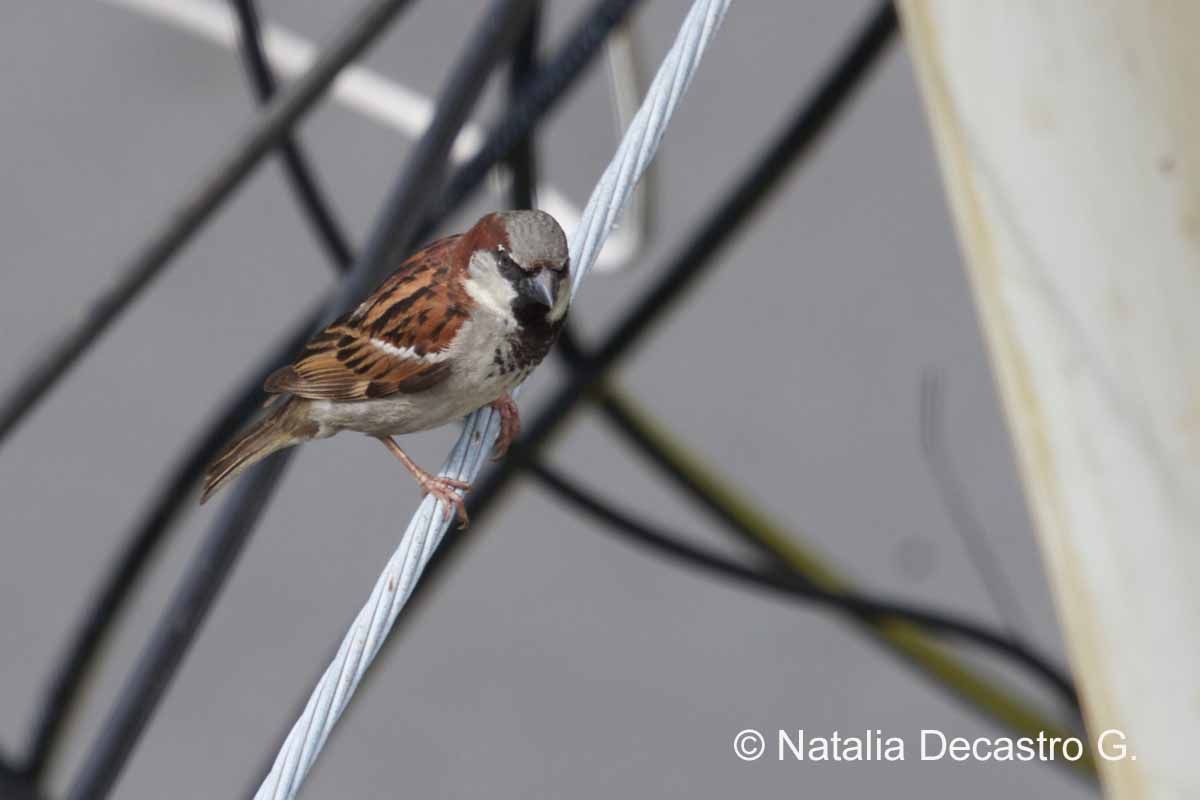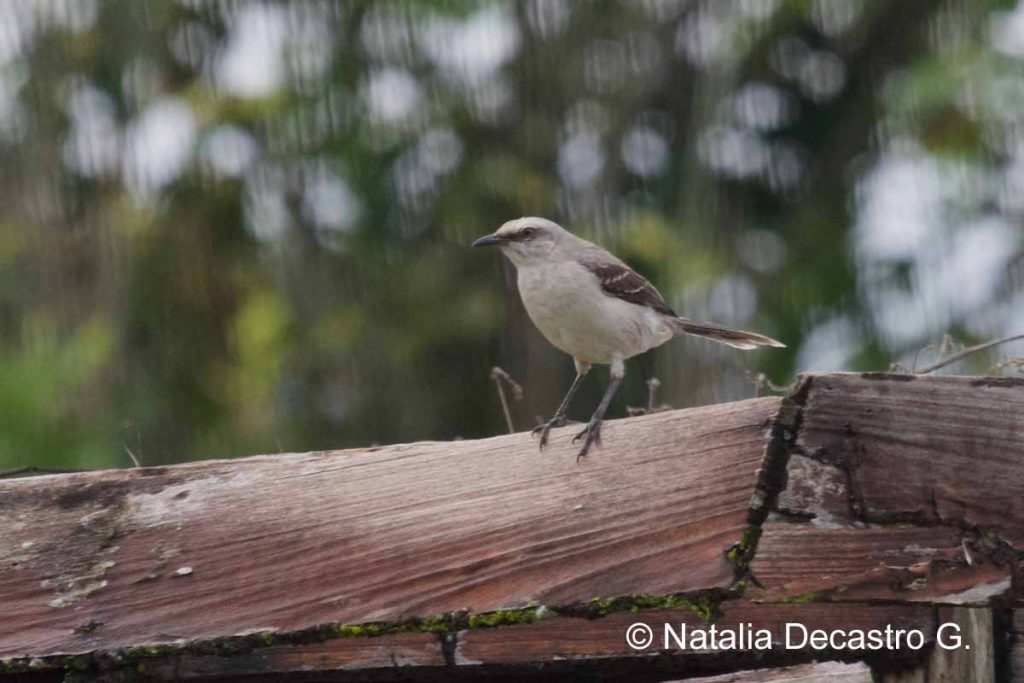Published February-22-2017
Introduced Species
Today, I am going to talk about a couple of birds that were introduced by humans in Panama (and other countries): House Sparrow (Passer domesticus) and the Tropical Mockingbird (Mimus gilvus). The definition of an introduced species or non-native species …

Natalia
Colombian biologist guide at Tranquilo Bay Eco Adventure Lodge

Today, I am going to talk about a couple of birds that were introduced by humans in Panama (and other countries): House Sparrow (Passer domesticus) and the Tropical Mockingbird (Mimus gilvus).
The definition of an introduced species or non-native species (plant or an animal) is that it (said species) does not naturally belong to a specific area. We, humans, have been moving plants and animals around the globe for a very long time. There are many reasons why introduced species are moved from one place to another. To mention a few: as a source of food, to control pests or simply because its pretty. Sometimes the introduction of this species goes well, and solves a problem, but the completely opposite can happen, and it turns into a pest that messes up the order the ecosystem.
It is very well documented how the House Sparrow was introduced in to the United States, but not on the rest of the continent. Since 1850 or 1851 the attempts to introduced the species in Brooking, New York began, and in a period of about 50 years, the species was found around the entire country.
Native to Eurasia, the House Sparrow was brought in to North America, apparently for a few different reasons: 1) to control a pest of canker worms that was affecting the trees of Central Park, 2) to bring birds that were familiar to the immigrants, or 3) just because they are pretty. In Panama, this species is usually found in the lowlands, near humans, often in small flocks.
Escaped and released pet birds are another way that a species makes its place in a country. Now, I am taking about the Tropical Mockingbird (Mimus gilvus), a species introduced from Colombia around 1932. It was first documented at the Canal zone after 1928 (one report in 1932 by Deingnan (Wetmore et al. 1984)). Now it’s found in both urban and suburban areas.

This species it is not common in Bocas del Toro. We have only seen a few individual birds in over 10 years birding the province, but just a few days ago, Scott Viola (Jay’s son), told me about a Tropical Mockingbird he saw on Isla Colon, which might be the first observation on that island for the species.
